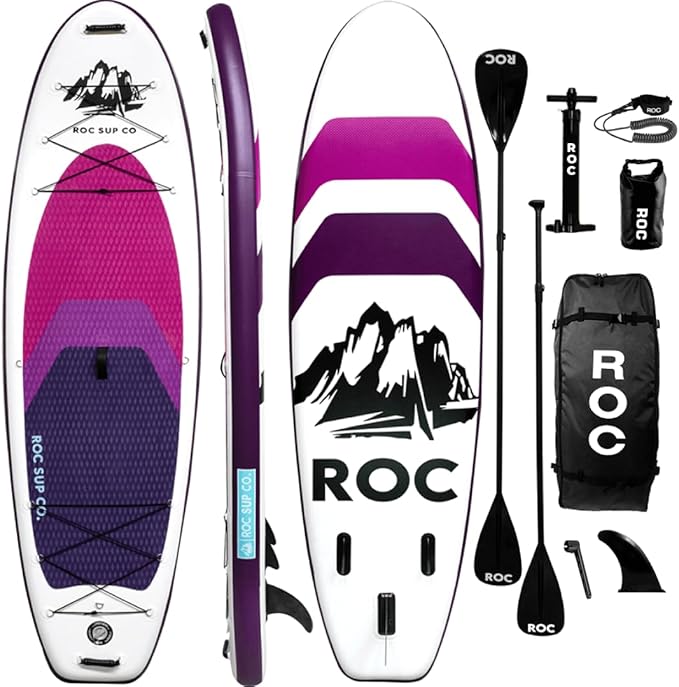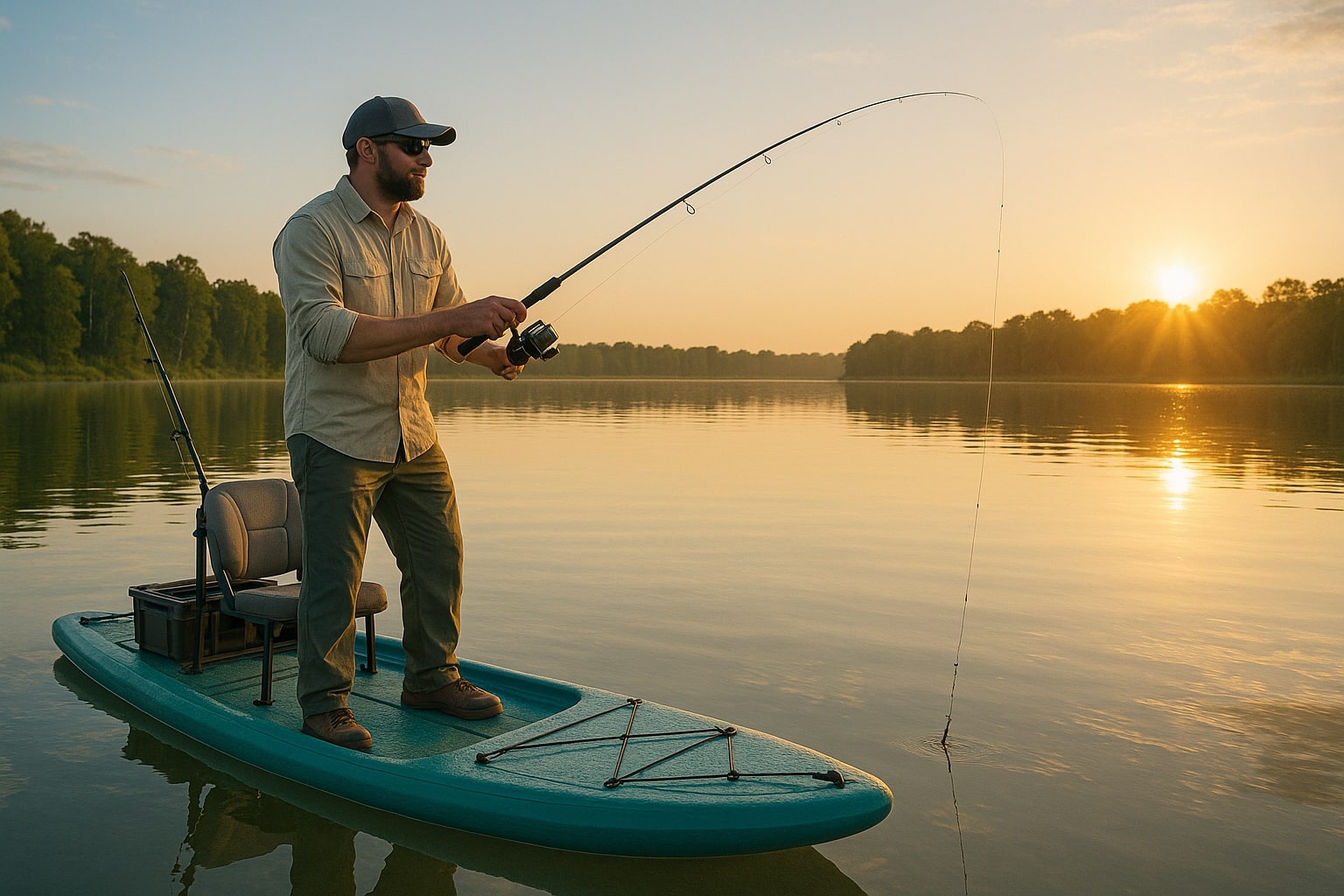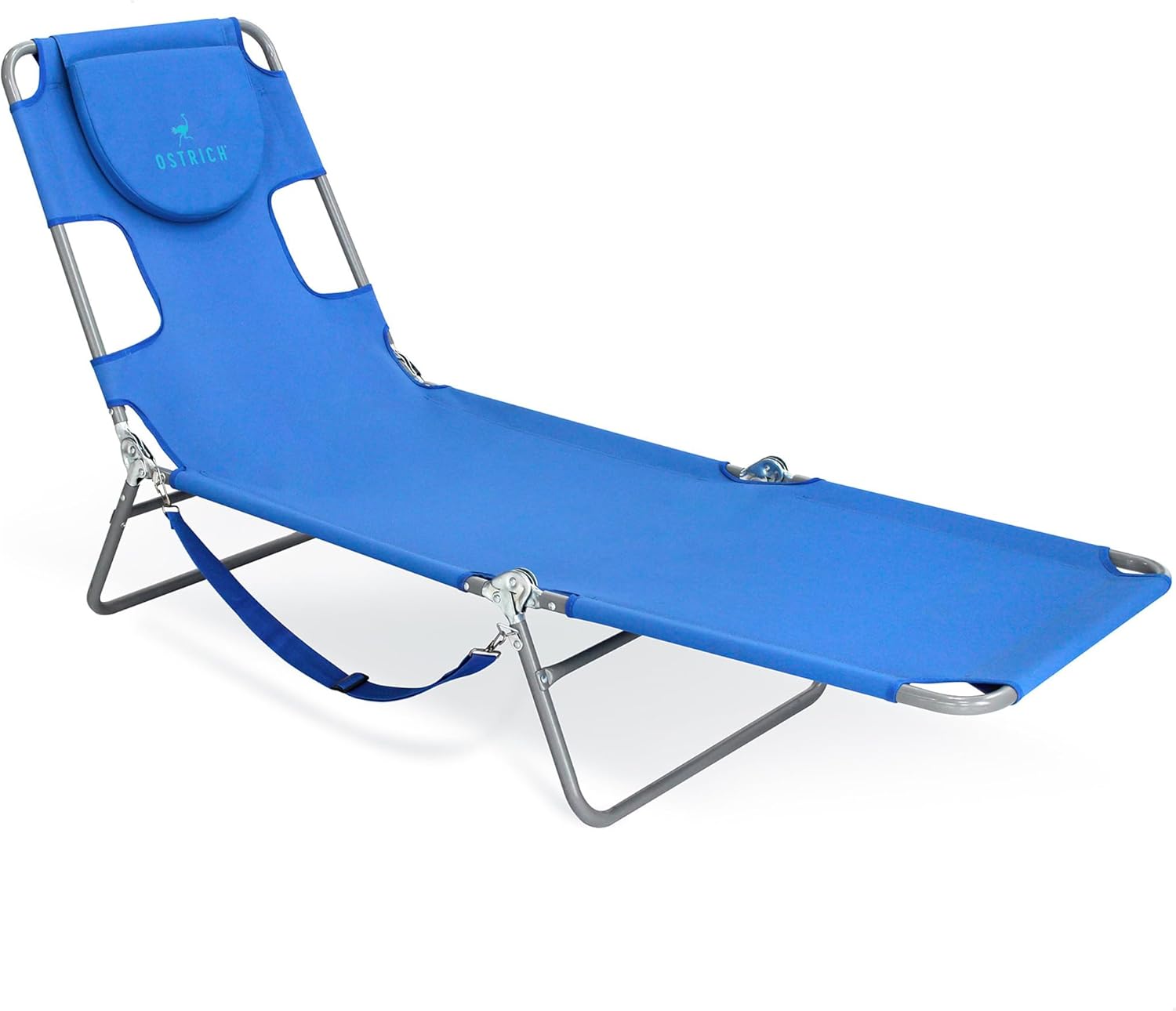If you’re torn between buying a paddle board or a kayak and you don’t want to over-pay, here’s the short answer: inflatable SUPs are unbeatable for apartment dwellers and casual workouts, while kayaks rule in wind, speed, and fishing stability. Looking strictly at today’s lowest prices, here’s what stands out:
Paddle Board Deal Snapshot – Best Prices Today
Prices are accurate as of 19 Jun 2025 and could vanish faster than a sandbar at high tide.


| Hot offer | Today’s price | Advertised discount* |
| EGGORY 11 ft Inflatable SUP (board + accessories, youth/adult) – Walmart | $119.99 | ~70 % off the previous $399 list (facebook.com) |
| ROC 10′ 6″ Inflatable SUP (complete kit) – Amazon | $169.99 | roughly 40 % below the typical $279–$299 street price (varies by colour) (amazon.com) |
Bottom line: right now the cheapest entrée into paddling is an inflatable SUP—well under two hundred dollars—while an entry-level kayak of similar quality still starts closer to the $300 mark.
Paddle Board vs Kayak At-a-Glance
Who Wins in Common Scenarios?
- Lake fitness laps – SUP (full-body burn)
- Windy coastal tour – Kayak (lower drag)
- Fishing with coolers & rods – Tie (Kayaks have the edge with built-in seating and stability, but wide, stable inflatable SUPs—especially when paired with a seat kit—can hold their own. Some are even purpose-built for angling. Check out top-rated fishing SUPs here.)
- Apartment storage – Inflatable SUP (hall-closet friendly)
- Cold-water shoulder season – Kayak (spray skirt + dry suit keep you warmer)
Paddle Board vs Kayak Stability & Learning Curve
Beginner Balance on Flatwater: SUP vs Kayak
Modern SUPs run 32–34 inches wide and float you above 250 lb, but your center of gravity is head-high; expect a wobble phase. Kayaks seat you inches above the waterline, so you start stable and stay dry. A nervous first-timer usually feels confident in a sit-inside kayak after fifteen minutes, while most SUP rookies need 30–40 minutes to paddle without swim breaks.
Wind, Waves & Rough-Water Handling for Paddle Boards and Kayaks
Because you’re standing, your body becomes an extra sail. Even a 10 mph breeze can push an SUP off line, which is why coastal guides set a “no-go” threshold at 12 mph on open water. Kayaks ride lower and shed wind; forum paddlers estimate they handle gusts “three times better” than the average SUP. In breaking chop, a spray skirt keeps kayak cockpits dry, whereas SUP riders must prone-paddle or drop to knees.
Paddle Board vs Kayak Speed, Efficiency & Range
SUP vs Kayak Hull Shapes and Drag Explained
Rounded displacement bows on touring kayaks pierce water, while flat-planing SUP noses slap it. Add a twin-blade kayak paddle that doubles stroke cadence, and efficiency compounds.
Real-World Speed Tests: Paddle Board vs Kayak
Community GPS logs show recreational SUPers cruising 2–3 mph; fitness racers on carbon boards might touch 5 mph. Recreational kayakers in 12-ft plastics average 3–4 mph, with dedicated sea-kayak tourers sustaining 4.5 mph over distance. Over a ten-mile outing that’s a 45-minute time savings for the kayak.
Paddle Board vs Kayak Fitness & Calorie Burn
| Craft | 125 lb paddler | 150 lb | 200 lb |
| SUP (casual pace) | 240–308 cal/hr | 305–430 cal/hr | 400–565 cal/hr (NK Sports equation estimates) |
| Kayak (moderate pace) | 283 cal/hr | 358 cal/hr | 477 cal/hr |
Standing demands core engagement, micro-stabilizer firing and constant posture adjustments, so SUP feels like treadmill-plus-Pilates. Kayak strokes isolate lats, delts and forearms—less total-body burn but higher sustained heart rate when you push pace.
Paddle Board vs Kayak Fishing, Touring & Family Use Cases
Rigging Options and Gear Capacity
- Kayaks: tank wells, flush-mount rod holders, rudder kits, pedal drives. 300-to-500 lb maximum loads are common.
- SUPs: lash-down bungees and cooler mounts; a clip-on seat converts to sit-down casting. Capacity tops out near 330 lb on most inflatables—fine for one angler plus tackle.
Pets, Kids and Tandem Possibilities
Wide inflatable SUPs let a dog sprawl at the nose and still leave the tail open for a child passenger; just trim weight aft for stability. For long family excursions, a two-seat sit-on-top kayak keeps wiggly kids secure and snacks dry under deck hatches.
Paddle Board vs Kayak Storage, Transport & Maintenance
Inflatable SUPs deflate to a 90-litre roller bag and weigh as little as 20 lb. They slide under a dorm bed and air-dry in 15 minutes. Rotomolded kayaks tip the scale at 50–70 lb; unless you have crossbars and a friend to shoulder-lift, expect roof-loading gymnastics (or a $120 kayak roller kit). Both crafts rinse with garden-hose water; SUPs need 12-psi top-offs every few outings to maintain stiffness.
Safety & Gear Checklist
| Must-Have | SUP | Kayak |
| USCG-approved PFD | ✅ | ✅ |
| Leash (ankle/waist) | ✅ | – |
| Bilge pump/sponge | – | ✅ |
| Whistle/light | ✅ | ✅ |
| Spray skirt | – | (for sit-inside) |
Wind rules of thumb
- SUP: < 10 mph for relaxed touring.
- Kayak: comfortable up to 15 – 18 mph, but hug the lee shore.
Always check local water temps—cold shock is the same whether you’re standing or sitting.
Seasonal Safety Considerations for Paddle Boards and Kayaks
- Cold water: Kayakers add skirts and semi-dry tops; SUP riders need immersion suits because falls are inevitable.
- Wind warnings: Offshore winds can push a standing paddler miles off shore—an incident in 2024 left one UK rider three miles adrift before rescue.
- Leash vs skirt: SUP leash at ankle or waist keeps board attached; kayaks rely on spray skirt for wave wash. Both crafts require coast-guard-approved PFDs in U.S. waters.
How to Turn Your Paddle Board into a Kayak
- Clip-on seat: Most iSUPs, including the ROC, have D-rings positioned for a low-slung seat. ($35–$50)
- Hybrid paddle: Swap the SUP T-grip for a second blade; instant 230 cm kayak paddle.
- Foot support: Drop an inflatable deck cushion or cooler for leg leverage on longer hauls.
Expect ~10 % speed bump versus pure SUP mode and ~10 % drag penalty versus a dedicated kayak—Reddit anecdotal average.
Paddle Board vs Kayak Cost of Ownership in 2025
Owning both? Factor in extra storage space and a second PFD—but you can share roof racks and paddling-specific dry bags.
Decision Flowchart
- Paddling mostly in wind ≥ 10 mph or cold months? Choose kayak.
- Want full-body workout and easy apartment storage? Inflatable SUP.
- Fishing focus with coolers and sonar? Sit-on-top kayak or wide SUP fitted with seat.
- Family beach toy with quick learning curve? Tandem sit-on-top kayak for mixed ages.
- Cross-training for balance or surfing small waves? SUP hands down.
Final Verdict: Which Should You Buy in 2025?
Choose a paddle board if…
- Your storage is apartment-sized.
- You crave a full-body workout and postcard-worthy vantage point.
- You like the idea of one craft, two sports (SUP + sit-mode).
Choose a kayak if…
- You’ll paddle windy lakes or coastal chop.
- All-day comfort and higher cruising speed matter more than portability.
- You fish with a tackle shop’s worth of gear.
Tiebreaker tip: Snag the EGGORY or ROC inflatable SUP while prices sit well under $200, add a $45 clip-on seat, and you’ll enjoy both stand-up fitness sessions and sit-down touring for less than the cost of one mid-tier kayak. Either way, choose the craft that matches your water, your workout style, and—most importantly—your storage space.
FAQs about Paddle Board and Kayak
Kayaks. Seated center-of-gravity and twin-blade paddle mean less balance required.
Studies peg SUP calorie burn roughly in the same range as a brisk hike, with more core activation than kayaking.
Yes—clip-on seats and a second paddle blade cost $60–$120 and install in two minutes.
All-around inflatable paddle boards usually list capacities between 250-330 lb, with width and thickness as key factors; touring or fishing kayaks jump to 350-500 lb thanks to deeper hull volume. Always check the maker’s chart and stay 15 % below the posted max for best performance.
Yes. The US Coast Guard classifies both craft as “vessels,” so adults must at least carry a Type I-V PFD and kids under 13 must wear it. You also need a whistle and a white light after dark.
Choose a board at least 32 inches wide, give your pup a well-fitted dog PFD, keep nails trimmed and start with short shoreline sessions so the dog learns to stay centered.
Both use drop-stitch technology, but SUP decks inflate to 14-18 PSI versus 6-10 PSI floors in kayaks, so stiff-ness tilts slightly toward SUPs. Multiple PVC layers and proper pressure are what really guard against punctures.
Foam block carriers or a suction-cup roller let one person load up to a 70-lb kayak onto most sedans; just tie bow and stern lines so nothing shifts under braking.
Several states, including California, now require every operator of a motorized vessel—no matter the size—to hold a boater-safety card by 2025. Human-powered craft remain exempt, but clamp-on electric motors trigger the rule.


